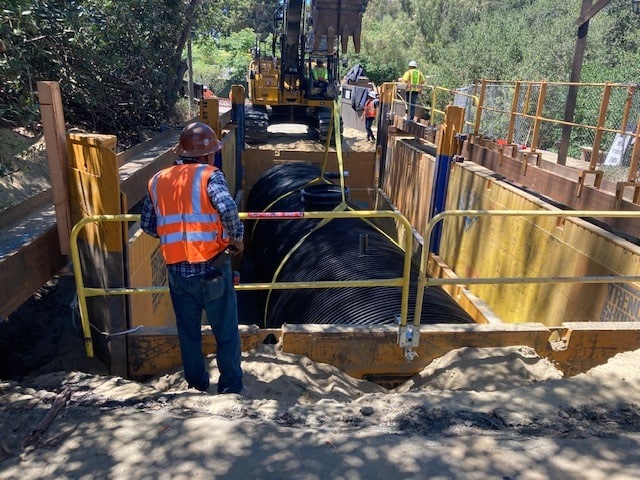 The Ohio History Center opened a new exhibit 1950s: Building the American Dream. In this exhibit, we installed a re-assembled Lustron home that was furnished with for use collections. Visitors can completely explore the house, look through the cabinets, play the records, go through drawers, and sit on the furniture.
The Ohio History Center opened a new exhibit 1950s: Building the American Dream. In this exhibit, we installed a re-assembled Lustron home that was furnished with for use collections. Visitors can completely explore the house, look through the cabinets, play the records, go through drawers, and sit on the furniture.
Throughout the process the primary exhibit team was committed to keeping the experience hands-on. When there would be any drifting towards using Plexiglas or other barriers, we worked hard to keep it out. There was a lot of caution from co-workers and others about how things will be destroyed and misused and I kept saying “then we’ll get more.”
The exhibit has only been open a few weeks and guess what? Stuff has gotten broken, and we’ve fixed it. Children have run wild through the house, and its survived. We’re still learning a lot about maintenance, but I’m confident we will hit our stride.
What has surprised me the most is some visitors tattling on others. We will get complaints from some visitors that others are being too rough, or are moving stuff around, or are spending too much time playing with toys, or are being too invasive in their exploration of the families drawers. This leaves me with the bigger question:
Have we trained our visitors not to touch? Or that museums are places for reverence and quiet, and not loud fun?
I want families to be exuberant and have a great time playing and learning together in our museum. But I’m not sure we have done the best job setting that expectation.
Is this something that others witness in their galleries? I saw one mother dragging her kids out of the house telling them they needed to stop playing in the little boys room because “this is a museum, not a toy store.”
As we do evaluation of this space, I’d love to continue this conversation with my colleagues around the country about setting expectations for participating and changing the idea of museums as quiet halls of looking.



